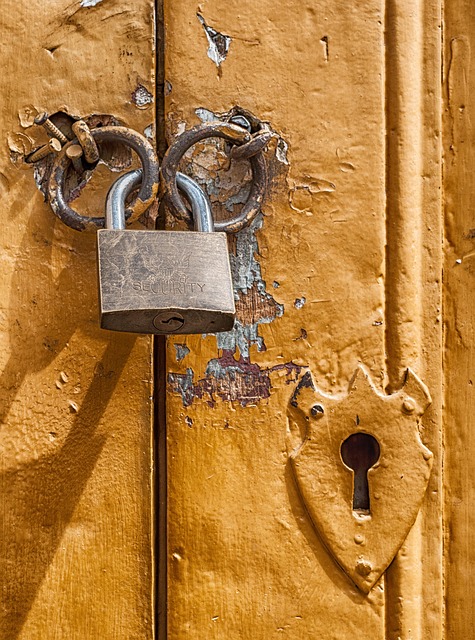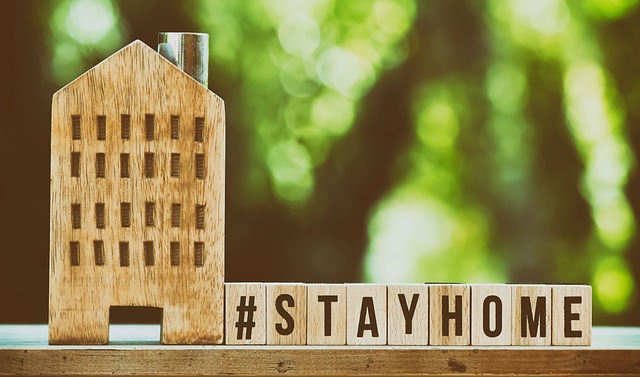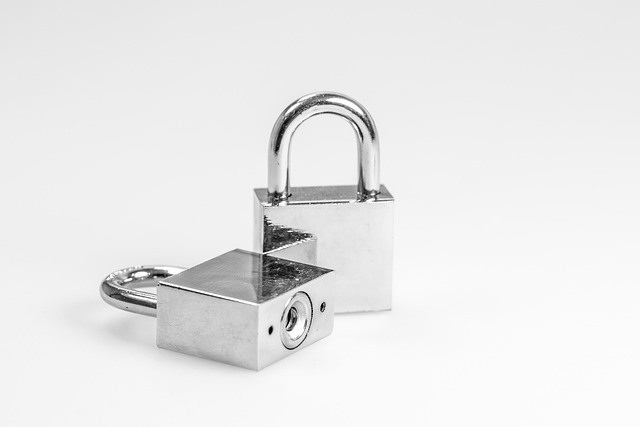Securing vintage properties requires a thoughtful blend of modern technology and historical preservation. With unique architectural designs and limited modern safety features, historic homes present specific security challenges. Customized security plans, incorporating smart locks, motion sensors, and surveillance cameras, offer advanced protection while preserving the authentic aesthetic. Remote monitoring capabilities provide peace of mind for owners. Community collaboration is vital to developing tailored security strategies that protect historical assets and foster stewardship among residents.
Vintage properties, with their unique charm and historical significance, come with specific security challenges. This article explores tailored strategies for safeguarding these treasured assets. We delve into understanding the nuances of historic buildings, assessing security needs rooted in their past, and designing custom plans that offer optimal protection without compromising authenticity. By integrating modern technology sensitively, we preserve history while enhancing security measures. Community collaboration is key to a holistic approach, ensuring the longevity and safety of our cultural heritage. Discover the art of securing historic homes through innovative, respectful methods.
- Understanding the Unique Challenges of Vintage Properties
- Assessing Security Needs: Historical Context Matters
- Designing Custom Security Plans for Optimal Protection
- Integrating Modern Technology While Preserving History
- Community Involvement and Collaborative Preservation
Understanding the Unique Challenges of Vintage Properties

Vintage properties, while exuding charm and character, present distinct challenges when it comes to security. These older structures often lack modern safety features like advanced alarms or sophisticated surveillance systems, making them more vulnerable to potential risks. Additionally, historical buildings may have unique architectural elements or intricate designs that require specialized security approaches to preserve their integrity while ensuring safety.
The intricacies involved in securing historic homes necessitate a tailored strategy. Owners must balance the need for robust security with the desire to maintain the property’s authentic aesthetic and historical value. This might involve employing discreet yet effective security measures, such as integrated alarm systems designed to complement the building’s style or hidden cameras that enhance surveillance without compromising the property’s character.
Assessing Security Needs: Historical Context Matters

When it comes to securing vintage properties, understanding the historical context is key to developing a comprehensive security plan. Each era’s architectural design and construction methods may present unique challenges in terms of security vulnerabilities. For instance, older homes might lack modern security features like advanced locks or security systems, making them more susceptible to break-ins.
Assessing the specific needs of a historic property requires considering not just contemporary security standards but also the period-specific characteristics of the building. This historical context plays a vital role in tailoring security measures that are both effective and sensitive to the property’s heritage.
Designing Custom Security Plans for Optimal Protection

When it comes to safeguarding vintage properties, a one-size-fits-all approach rarely provides optimal protection. Custom security plans tailored to the unique features and vulnerabilities of historic homes are essential for ensuring their longevity and preserving their historical integrity. These plans should consider not only traditional security measures like alarms and surveillance but also the specific challenges posed by older structures.
For instance, securing a vintage property may involve addressing concerns like weak points in original construction, limited accessibility for upgrades, or the need to preserve period-specific architectural details. Customized solutions could include implementing smart home technology that integrates seamlessly with historic landscapes, utilizing discrete security cameras and sensors that maintain the property’s aesthetic appeal, and establishing secure access systems that respect the building’s historical character. By combining advanced security technology with a deep understanding of the property’s history and architecture, it’s possible to create an effective and discreet security network for historic homes, providing peace of mind for their owners while preserving their distinct character.
Integrating Modern Technology While Preserving History

In the pursuit of securing vintage properties, it’s essential to find a balance between modern technology and preserving historical value. When it comes to security for historic homes, this means incorporating advanced safety features while meticulously avoiding any alterations that might compromise the building’s authenticity. Smart locks, motion sensors, and surveillance cameras offer cutting-edge protection without leaving behind any technological scars. These devices can be seamlessly integrated into the home’s existing infrastructure, enhancing security without disrupting the property’s charming character.
Moreover, utilizing these modern technologies allows for remote monitoring, providing peace of mind to owners who appreciate the historical essence of their homes. By combining state-of-the-art security with a commitment to history, it becomes possible to safeguard vintage properties effectively while preserving their unique and irreplaceable features.
Community Involvement and Collaborative Preservation

Community involvement is a cornerstone of successful preservation efforts for vintage properties. When residents, local historians, and cultural organizations collaborate, they can create tailored security plans that respect the unique character of historic homes while ensuring their long-term protection. By sharing knowledge about potential risks and best practices, these partnerships enhance the overall security and resilience of the community’s collective heritage.
Collaborative preservation initiatives often lead to innovative solutions. Local residents may identify specific threats or vulnerabilities not immediately apparent to outsiders, allowing for more effective measures tailored to each property. This collaborative approach also fosters a sense of stewardship among community members, encouraging active participation in maintaining and securing these cherished historical assets, thereby safeguarding security for historic homes.
Preserving vintage properties requires a nuanced approach to security that balances historical integrity with modern protection. By understanding the unique challenges of these structures, assessing specific security needs rooted in their historical contexts, and designing custom plans tailored to each property, owners can ensure optimal safety without compromising their architectural and cultural value. Integrating modern technology thoughtfully, along with community involvement in preservation efforts, creates a collaborative framework that strengthens the security of historic homes while preserving them for future generations.
